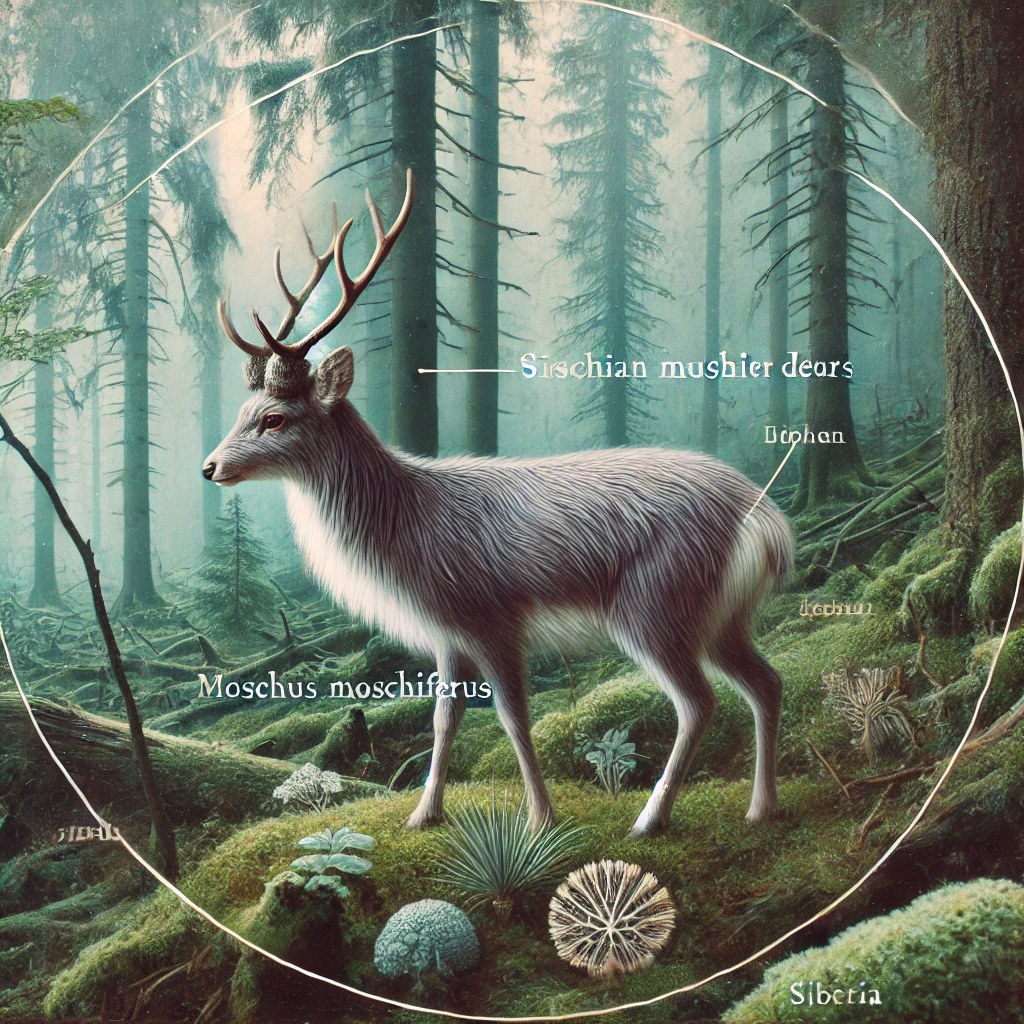The natural world is filled with rare and extraordinary creatures, each playing a unique role in their ecosystems. Among these is the Moschus moschi ferus, commonly known as the musk deer. This elusive and enigmatic animal is known not only for its graceful appearance but also for the highly coveted musk it produces. This substance has been prized for centuries, making the musk deer a target for hunters and placing the species in grave danger. In this article, we explore the biology of the musk deer, the reasons behind its endangered status, and the extraordinary value of the musk it produces.
The Musk Deer: A Hidden Gem of the Himalayas
The Moschus moschi ferus is a small, solitary deer native to the mountainous forests of Asia, including the Himalayas, Siberia, and parts of China and Mongolia. Unlike other deer species, the musk deer lacks antlers; instead, it is distinguished by its elongated canine teeth, which give it a somewhat saber-toothed appearance. Despite its small size and delicate build, the musk deer is incredibly agile, capable of leaping across steep, rocky terrain with ease.
What sets the musk deer apart from its relatives is the presence of a specialized gland located near the male’s navel. This gland produces a dark, waxy substance known as musk, which the deer uses to mark its territory and attract mates. The musk has a strong, persistent odor, which has made it a highly sought-after ingredient in traditional medicine and perfumery.
